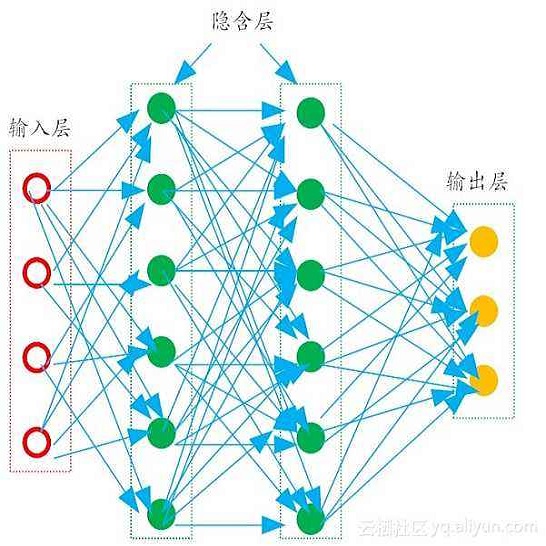Today, people use email services such as Gmail, Outlook, AOL Mail, etc. to communicate with each other as quickly as possible to send information and official letters. Spam or junk mail is a major challenge to this type of communication, usually sent by botnets with the aim of advertising, harming and stealing information in bulk to different people. Receiving unwanted spam emails on a daily basis fills up the inbox folder. Therefore, spam detection is a fundamental challenge, so far many works have been done to detect spam using clustering and text categorisation methods. In this article, the author has used the spaCy natural language processing library and 3 machine learning (ML) algorithms Naive Bayes (NB), Decision Tree C45 and Multilayer Perceptron (MLP) in the Python programming language to detect spam emails collected from the Gmail service. Observations show the accuracy rate (96%) of the Multilayer Perceptron (MLP) algorithm in spam detection.
翻译:今天,人们使用电子邮件服务,如Gmail、Outlook、AOL Mail等,尽可能快地彼此沟通,以发送信息和正式信函。垃圾邮件或垃圾邮件是这类通信的一大挑战,通常由肉网发送,目的是向不同的人做广告、伤害和大量窃取信息。每天接收不需要的垃圾邮件可以填充收件箱文件夹。因此,垃圾邮件检测是一项基本挑战,迄今已做了许多工作,利用集群和文本分类方法探测垃圾邮件。在这篇文章中,作者使用了垃圾邮件自然语言处理图书馆和3个机器学习算法(Nive Bayes (NB)、 Tree C45 和多层 Perceptron (MLP), 以Python 编程语言用于检测从Gmail服务中收集的垃圾邮件。观察显示,在垃圾邮件检测中,多层 Perctron (MLP) 算法的精确率(96% ) 。</s>




